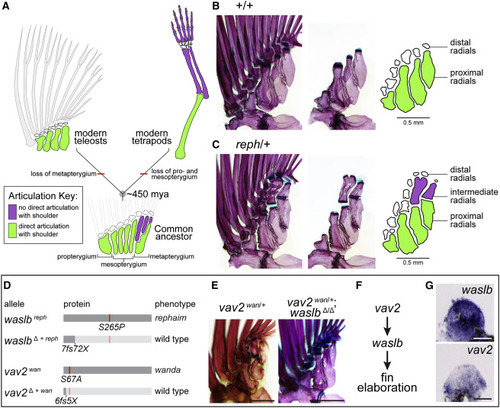Figure 1. Gain-of-function mutations reveal capacity for limb-like development in fins
(A) From a common ancestor, teleosts and tetrapods evolved divergent appendage patterns (see also Figure S1).
(B and C) Adult pectoral fin skeletons shown intact (left); fin rays and distal radials removed (center); schematized (right) (see also Figure S2). (B) Wild-type pectoral skeleton. (C) Heterozygous reph mutant pectoral skeleton.
(D) waslb and vav2 alleles causing mutant phenotypes; Δ+ reph (mh130), and Δ+ wan (mh138) rescue wild-type patterning (see also Figure S3).
(E) Epistasis analysis showing suppression of wan/vav2 phenotypes after loss of waslb function (see also Figure S4).
(F) Genetic pathway of vav2, waslb, and fin elaboration.
(G) Expression of waslb and vav2 in 48 hpf pectoral fin buds.
Anterior to left, distal to top; scale bars (B, C, E) 500 μm, (G) 50 μm.

